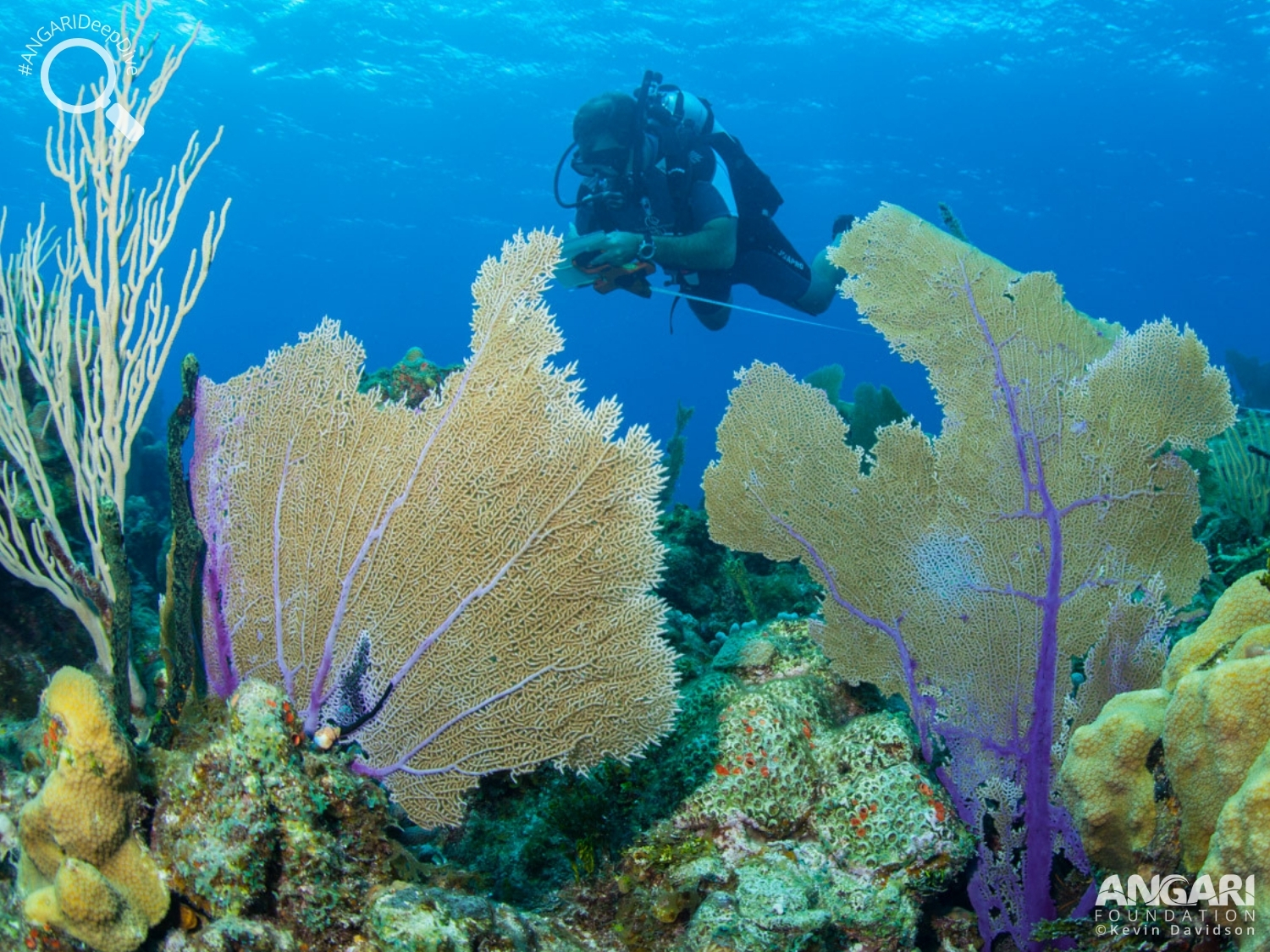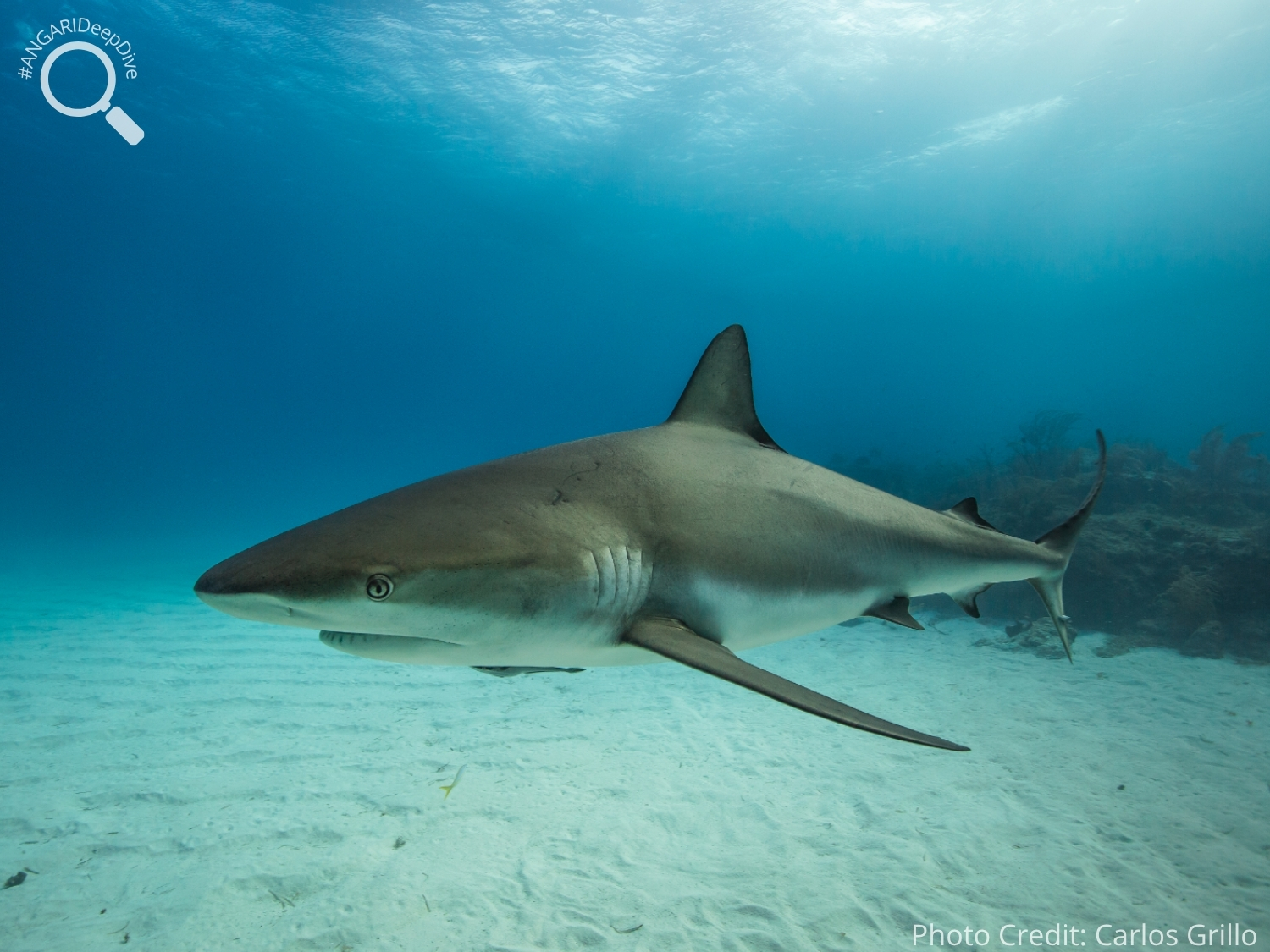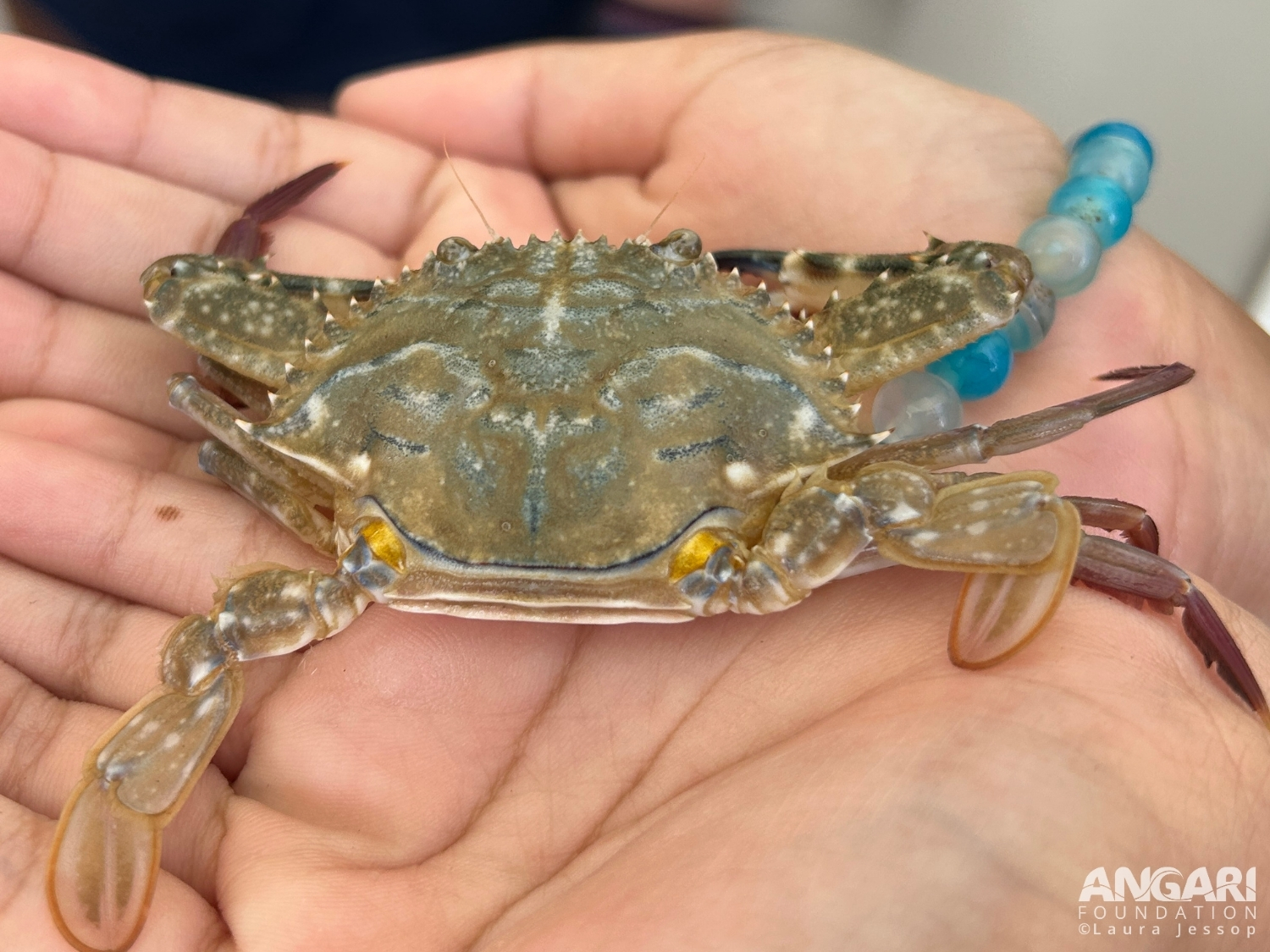Common sea fans are commonly found on coral reefs and can be identified by their purple tissue.
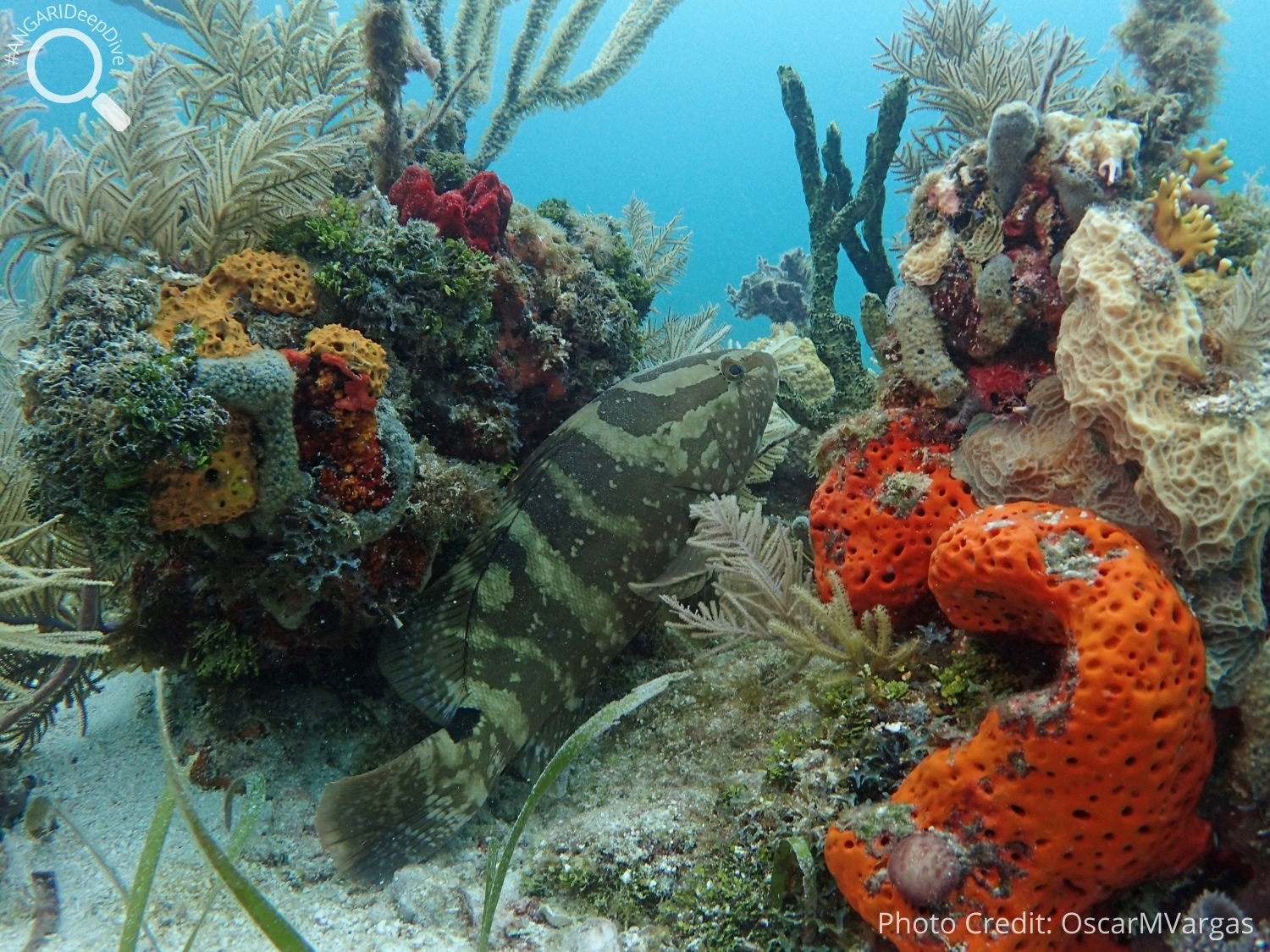
Nassau Grouper (Epinephelus striatus)
The Nassau grouper (Epinephelus striatus) is a species of grouper that shares its name with the capital city of The Bahamas. This species of grouper is known for its unique spawning activities and ability for female Nassau groupers to change genders. Carry on reading for more fascinating facts about the Nassau grouper.
#1: Where is the Nassau grouper geographically distributed?
The Nassau grouper has a very small geographical distribution and is native to the tropical western Atlantic Ocean and the Caribbean for example you can find them the waters of south Florida and The Bahamas. There have been confirmed sitings in the Gulf of Mexico and even in the Mediterranean Sea1, but these are anomalies and very rare sightings.
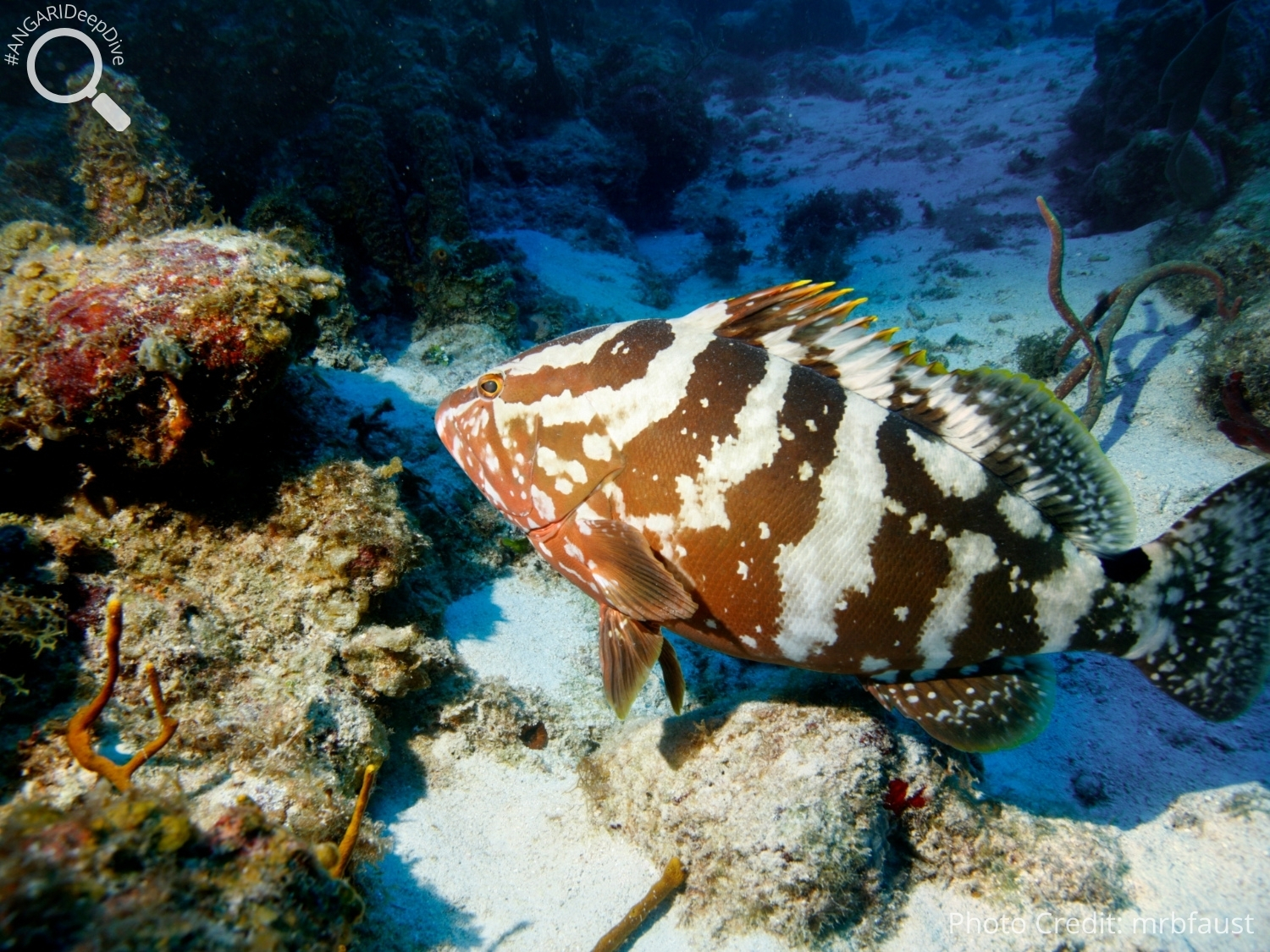
#2: What habitat does the Nassau grouper spend its time in?
The habitat that Nassau grouper inhabits is determined mainly by the age of the fish. Juveniles are commonly found closer to shore inhabiting seagrass beds, but as they mature they move to the deeper offshore rocky sea floors and coral reefs. Nassau grouper can be found at depths of 295 feet (90m).
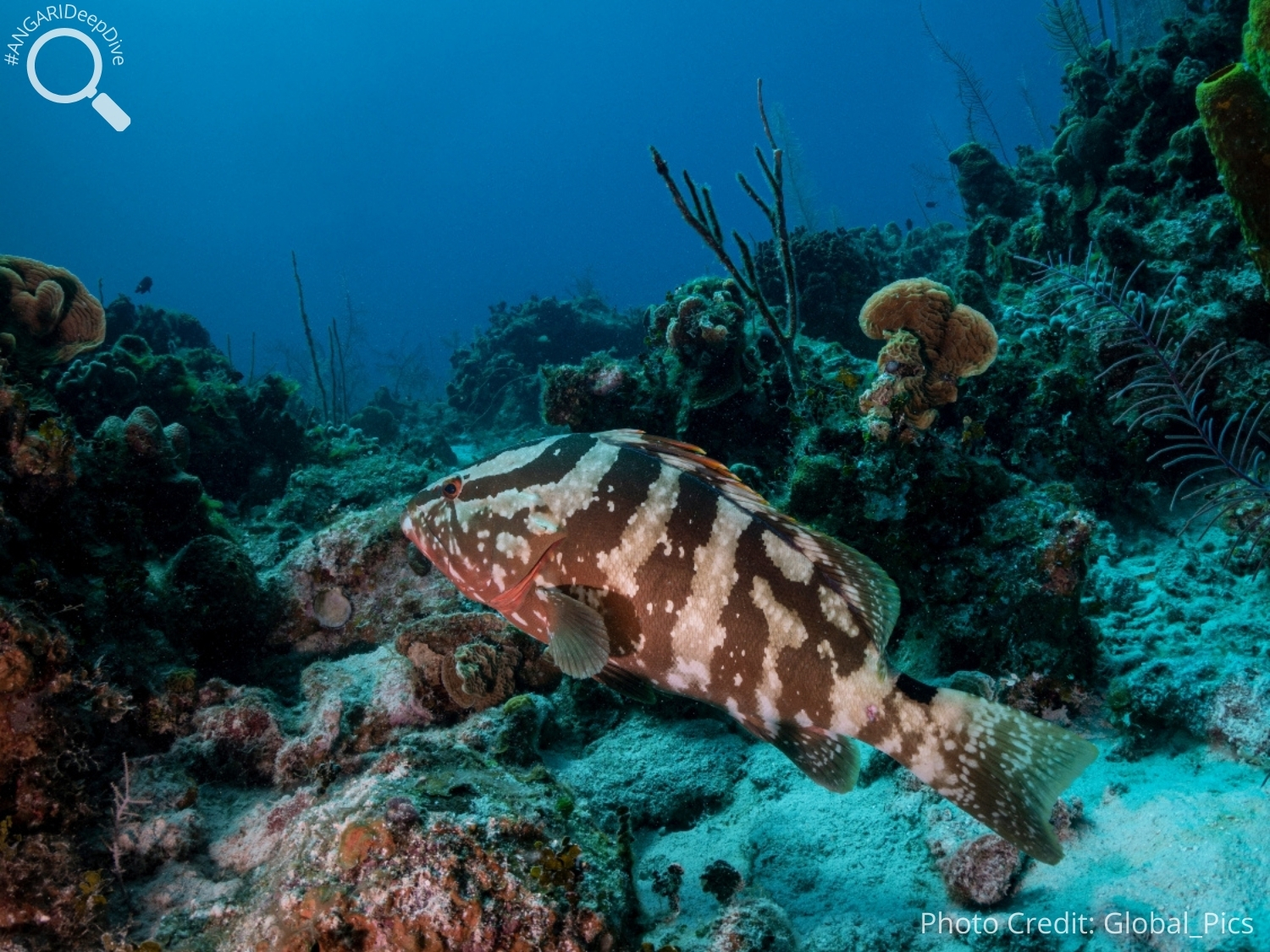
#3: How big is the Nassau grouper?
Nassau groupers are one of the largest fish on the reef and can grow to be 4 feet (1.2 m) long and weigh over 50 lbs (22.7 kg). However, on average they are normally 1-2 feet (0.3-0.6 m) in length and weighing 10-20 lbs (4.5-9 kg).
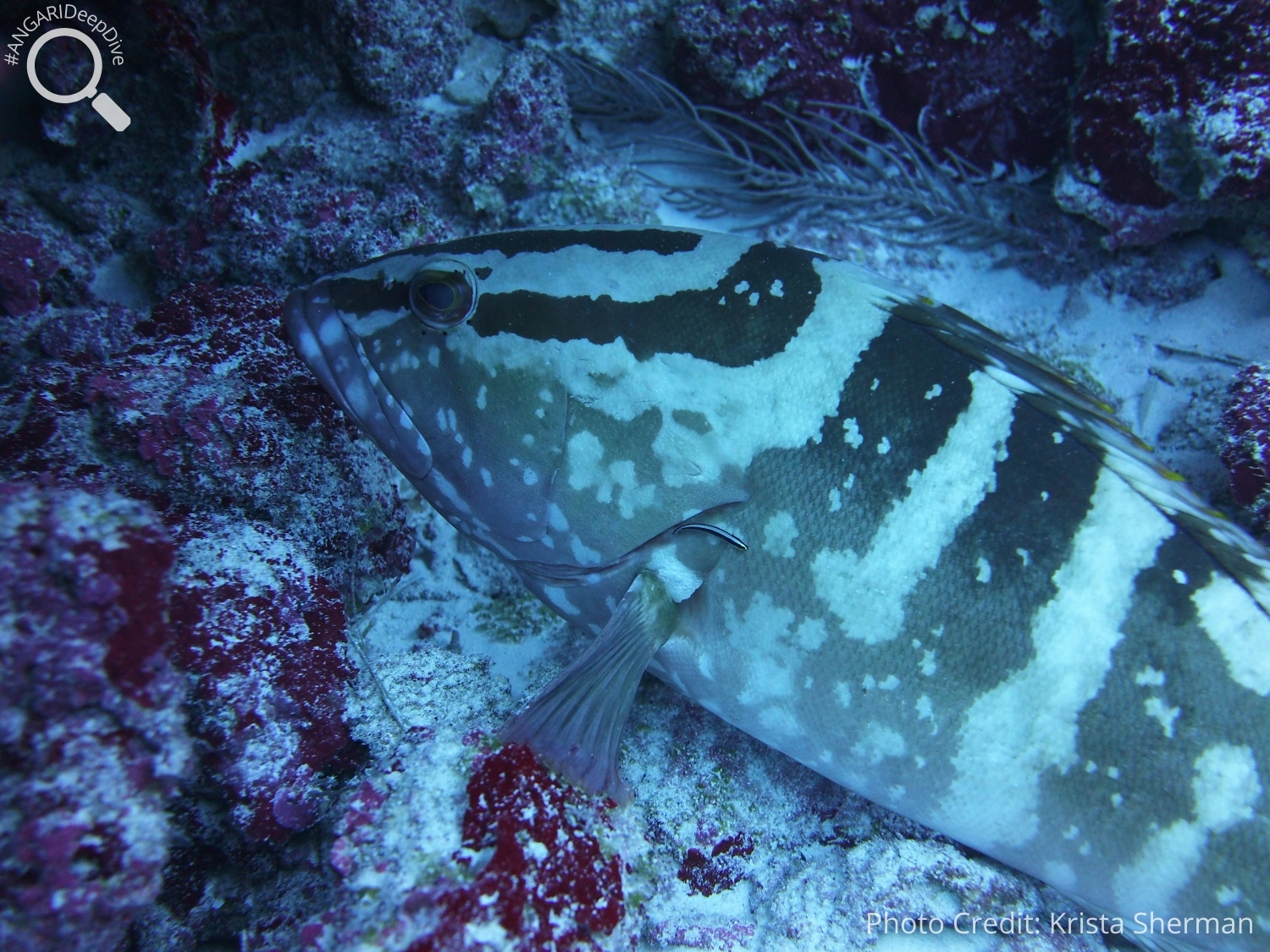
#4: How to identify a Nassau grouper.
You can identify a Nassau grouper by the five vertical bar pattern on its body. Nassau groupers have five dark vertical unevenly spaced bars on their body and a distinctive bar from the snout to dorsal fin.
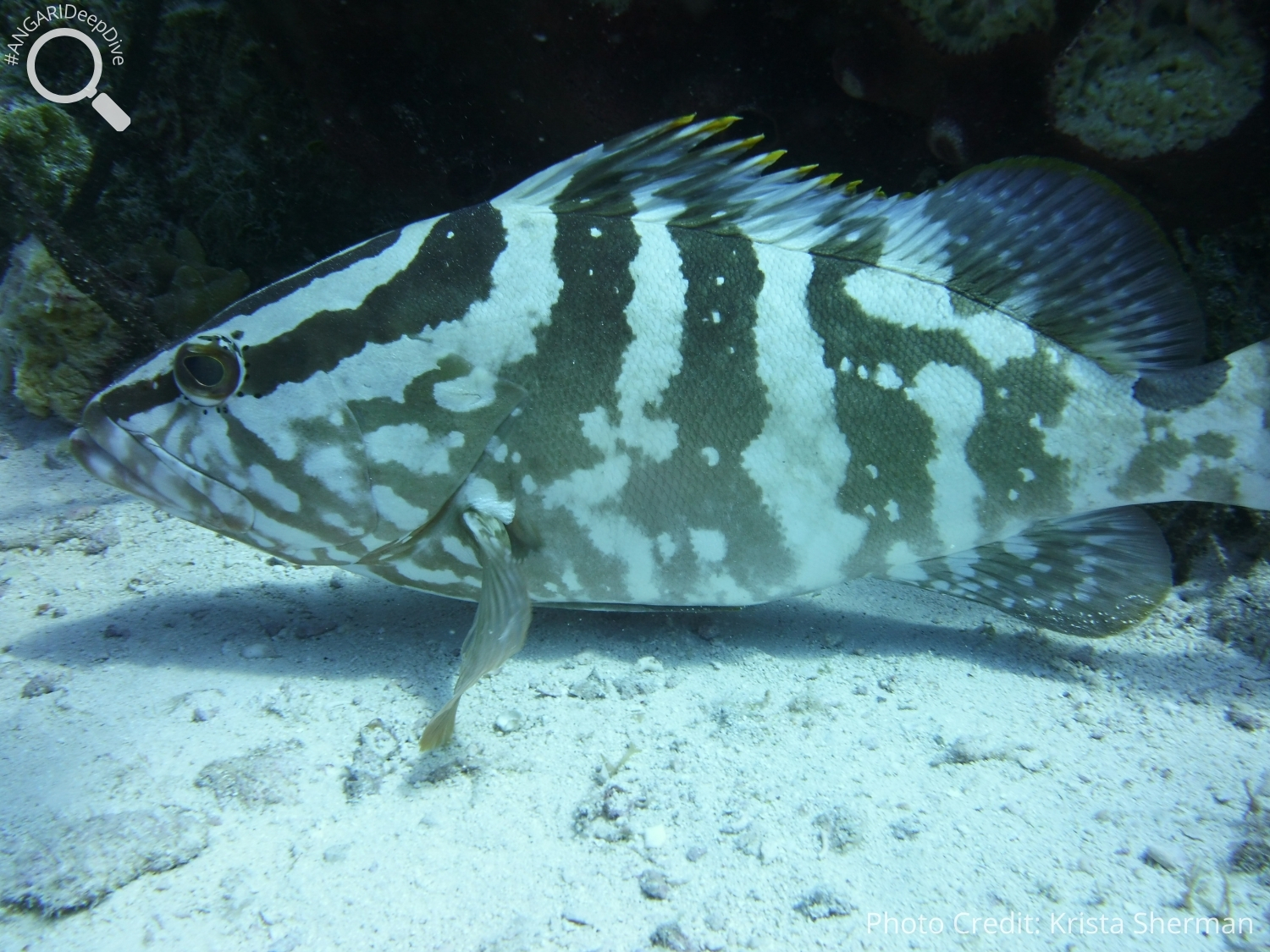
#5: Nassau grouper change color!
The Nassau grouper can change its color and pattern based on their mood, the environment they are in and whether they are spawning. This change can take place very quickly and can result in the grouper being white, dark brown or patterned.
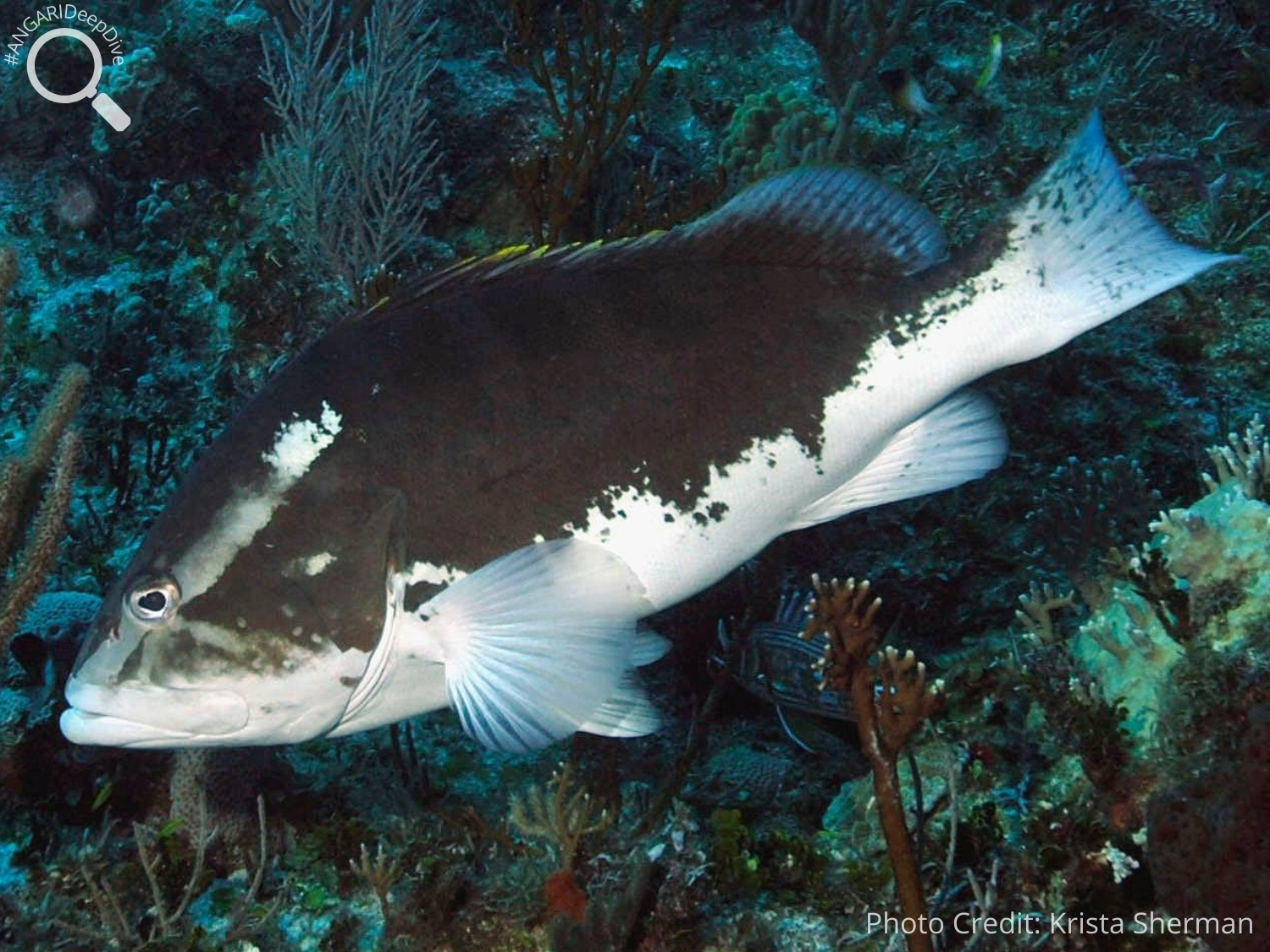
#6: Feeding time for the Nassau grouper.
Nassau groupers feed by suctioning and swallowing their prey whole without chewing. They use their large mouths to create strong suction, pulling in fish or lobsters, and then quickly swallowing them.
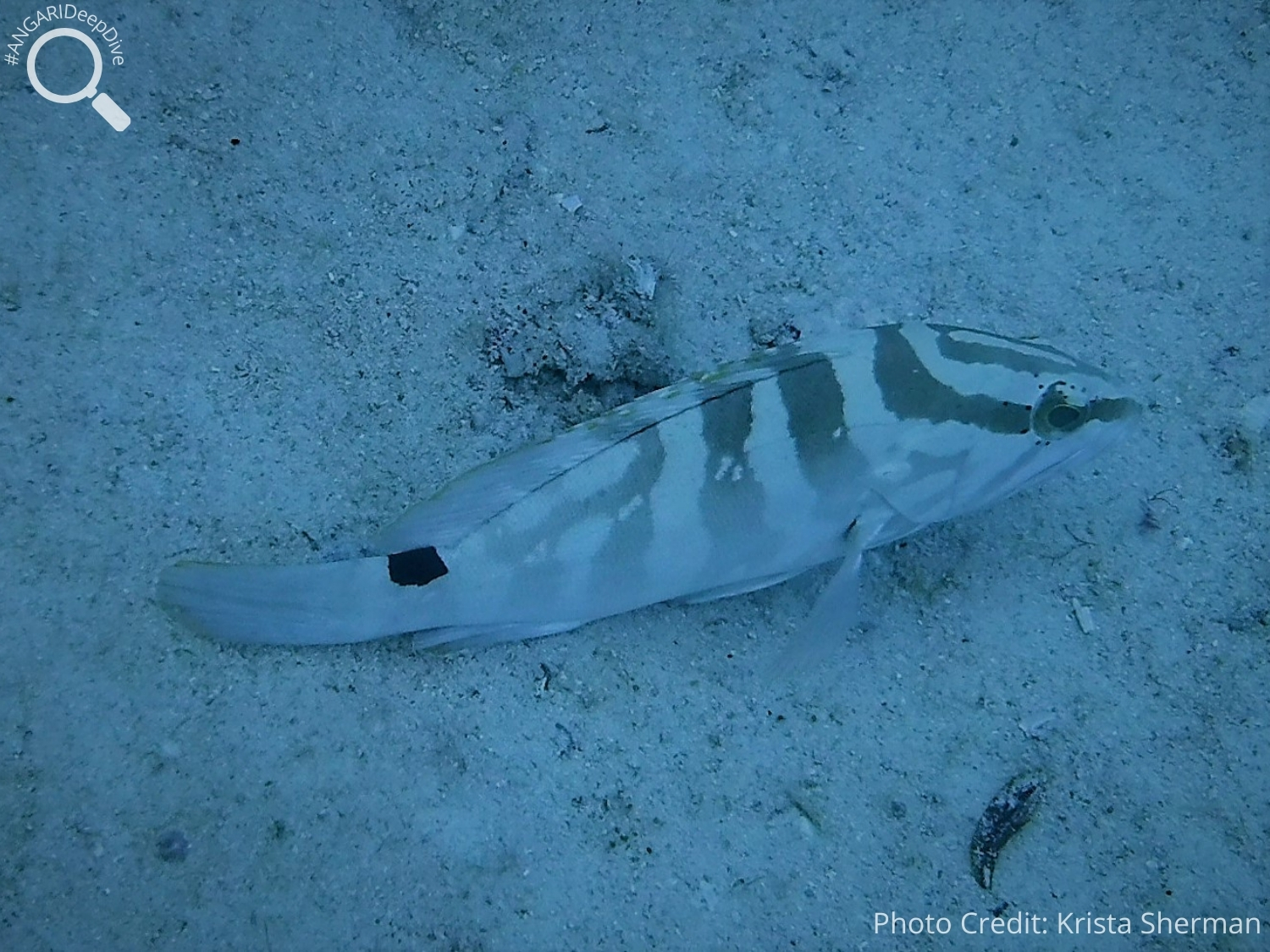
#7: It is illegal to harvest a Nassau grouper.
To help Nassau grouper populations, the United States introduced restrictions that prohibited the harvesting of Nassau grouper. This was put in place to try and increase their population which has significantly decreased due to large amounts of overfishing and fishing during spawning months.
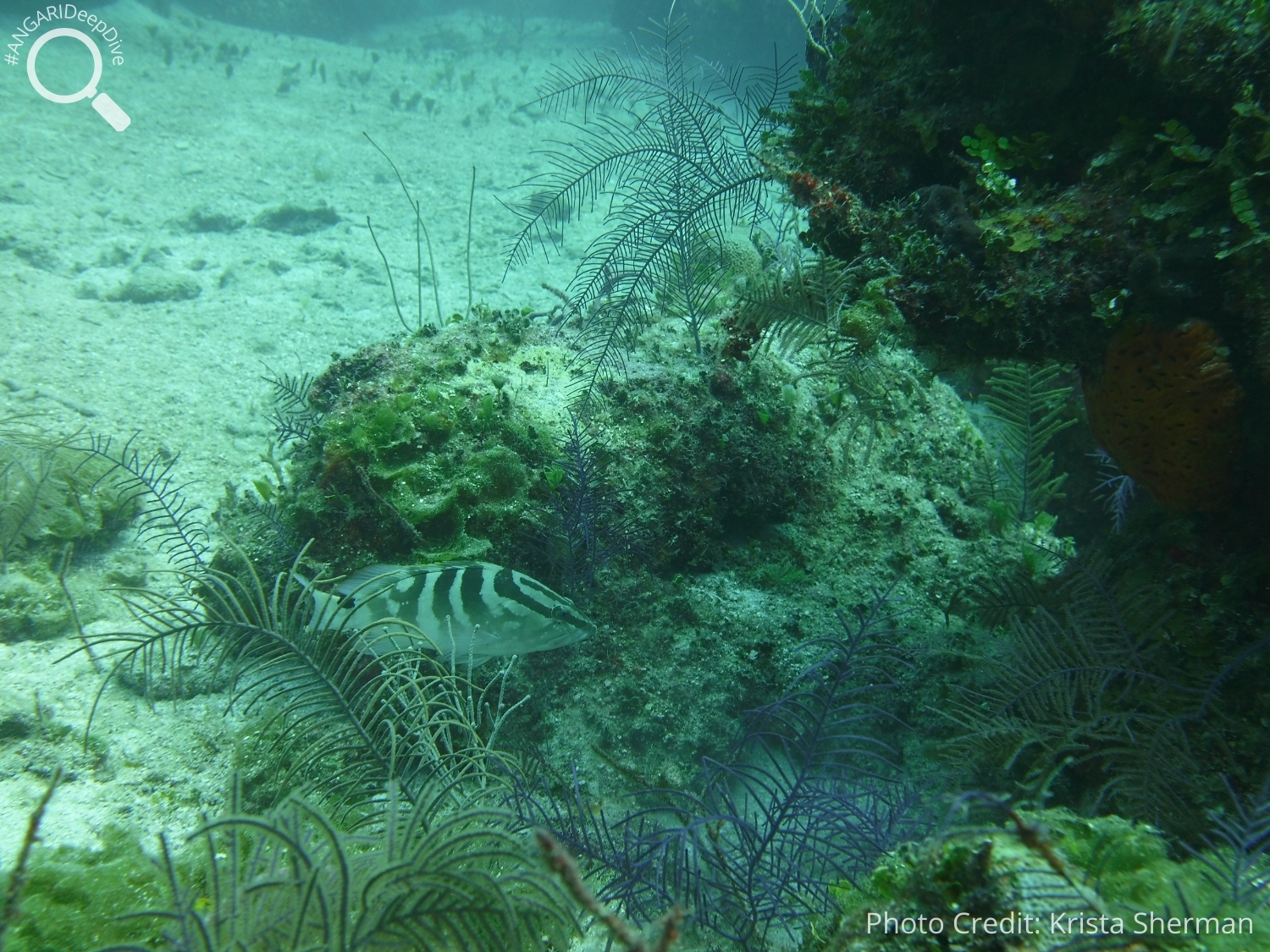
#8: Nassau grouper spawning.
The Nassau grouper gathers in large spawning groups, ranging from just a few dozen to more than 100,000 individuals. Spawning begins when the female makes a quick upward movement, releasing her eggs. This alerts the males, along with some females, to release sperm and additional eggs in a “spawning rush.” Fertilization happens randomly in open water, with the large group size increasing the chances of successful fertilization. The only time Nassau grouper spawn is during a full moon in the winter months. This takes place between November and February and when water temperatures at around 79°F.
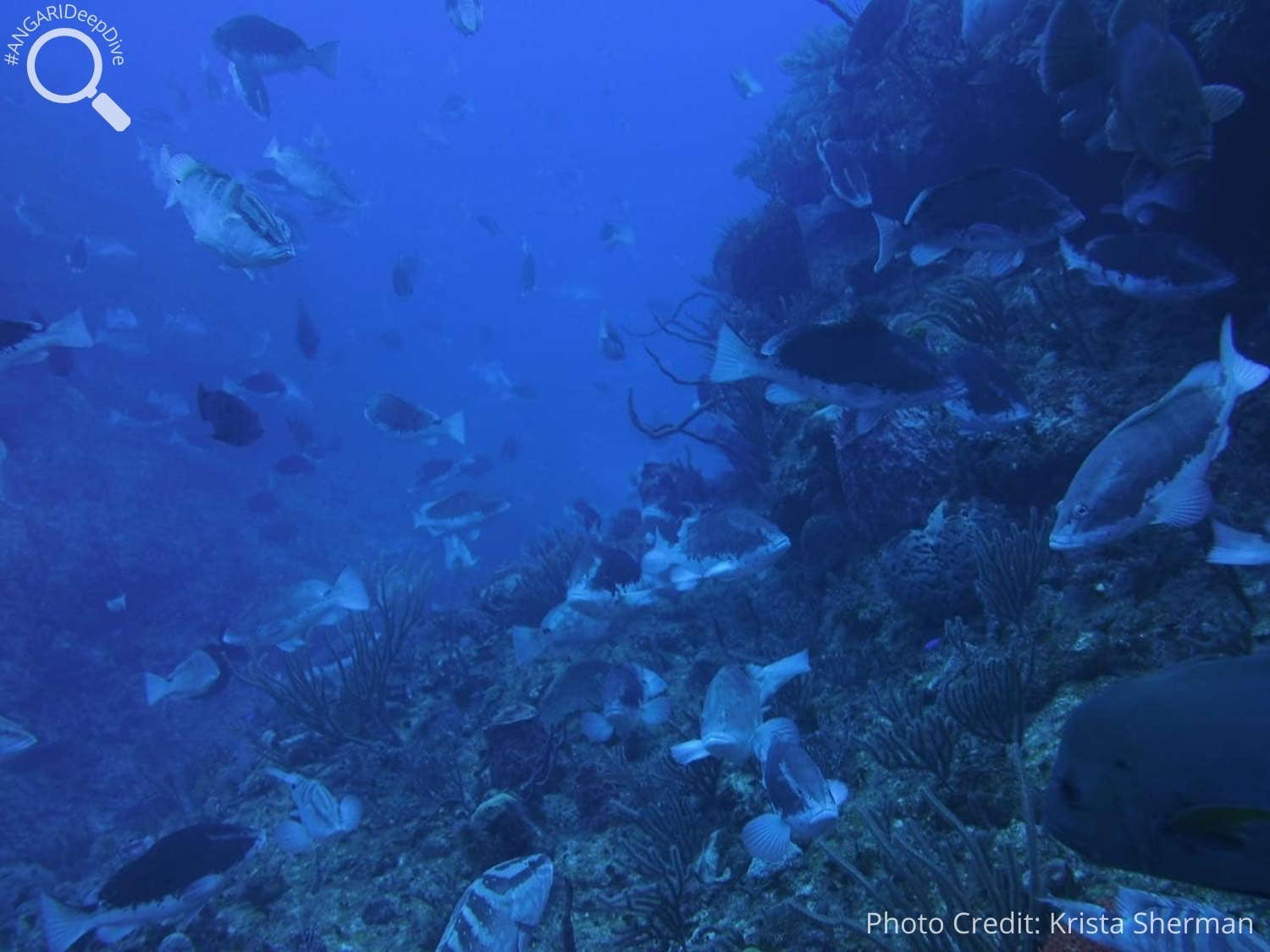
The Nassau grouper is fished commercially and for sport, and due to overfishing this grouper is listed as critically endangered under the IUCN. As the Nassau grouper gathers in spawning groups over a small area, they are easily targeted by fishermen. With their population steadily declining, governments of the United States, the Cayman Islands, and the Bahamas have banned or instituted closed fishing seasons for the Nassau grouper in recent years. It is important that we follow proper fishing protocols and abide by the correct fishing seasons in order to protect this important species!
Additional Nassau Grouper Resources:
1. Nassau Grouper – NOAA Fisheries
2. The dance of the groupers: Spawning aggregations, Quintana Roo – Big Fish Initiative
3. Epinephelus striatus – Florida Museum
Citations:
1. Virgili, R., Fasciglione, P., Tiralongo, F. et al. Interdisciplinary approaches at early invasion stages maximise the evidence on human-induced and climate-driven fish dispersal. Hydrobiologia (2024). https://doi.org/10.1007/s10750-024-05537-y

